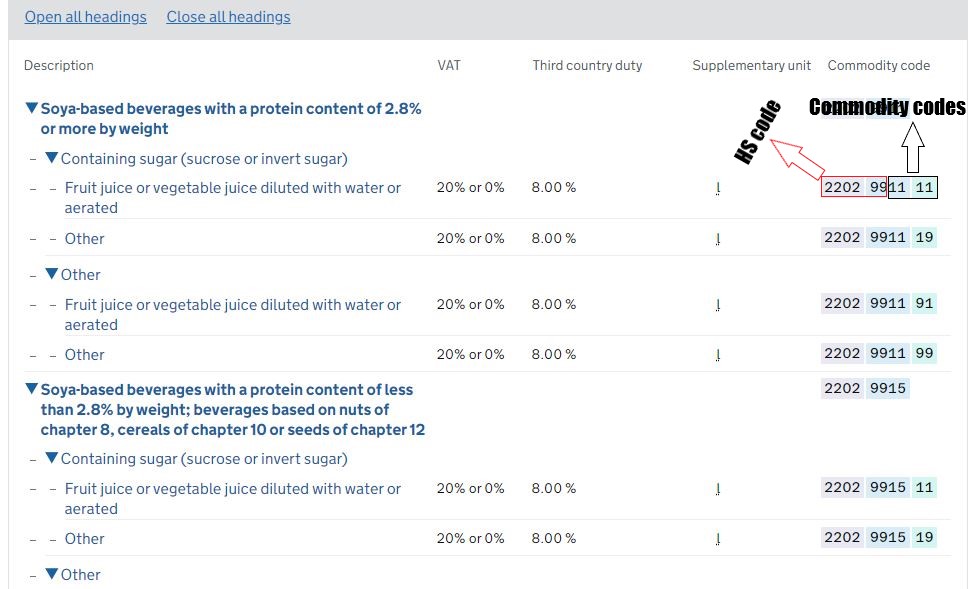What are Harmonized System (HS) Codes and why are they important?
When you are trading worldwide, there are some rules and regulations you must know, and having a good understanding of HS codes is one of them. These codes serve as a common language for businesses, governments, and customs agencies, eliminating the possibility of misinterpretation or confusion.
What are Harmonized System (HS) codes?
Harmonized System (HS) codes represent a standardized numerical method of classifying traded products. Developed and maintained by the World Customs Organization (WCO), these codes are essential for international trade, as they facilitate the clear identification of goods through customs borders. HS codes are used by more than 200 countries worldwide, encompassing over 98% of merchandise in international trade.

Each code consists of six digits, with the first two identifying the chapter the goods belong to, the next two indicating the heading within that chapter, and the last two specifying the sub-heading. This systematic categorization ensures a universal understanding of product descriptions, thereby streamlining the process of importing and exporting goods globally.
Harmonized System Codes UK:
Commodity codes in the UK/EU are based on the international HS code system, with some additional digits for further classification and detailed description. The HM Revenue and Customs (HMRC) is responsible for maintaining the UK’s tariff schedule, which includes all HS codes applicable within the country.
How do I find a HS code?
To find HS code, just visit trade-tariff.service.gov.uk and enter the product name or keyword in the search bar. The corresponding HS code will be displayed along with its description, duty rates, and any additional measures that may apply.
Sum Up:
The HS codes are a vital tool for international trade, as they provide a common language and understanding for businesses and customs agencies worldwide. But if you still have doubts about the classification of your product, it is always best to consult with a customs broker or an expert in trade regulations.
Recent Blog
-
ATA Carnets Explained: Understanding the Basics and Benefits
-
Understanding EUR1 and EUR-MED Certificates: A Comprehensive Guide
-
Understanding Commodity Codes for Trading Success: A Comprehensive Guide
-
The Definitive Guide to Incoterms for Global Trading Partners
-
The Importance of Harmonized System (HS) Codes in Global Trade
